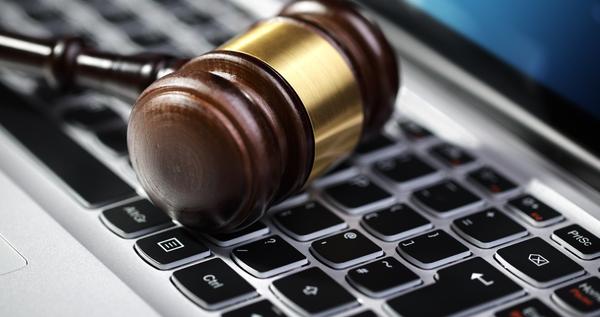You face a changing landscape in military criminal defense. Technology and digital evidence are reshaping how you approach each case. These tools offer both challenges and opportunities. Understanding them helps make your defense more effective. Digital evidence, once rare, is now common. It includes everything from texts to social media posts. You need to be aware of how these can impact your case. Evidence can be easily manipulated or misinterpreted. Therefore, knowing how to analyze it is crucial. You also must ensure that your interpretation stands up in court. The role of an attorney is shifting. Navigating these changes requires staying informed and proactive. With each advancement, you can face new hurdles. These hurdles demand quick thinking and adaptability. By staying updated, you can better protect your clients’ rights. Together, we can turn these challenges into opportunities for justice and fairness.
The Rise of Digital Evidence
Digital evidence now plays a significant role in military criminal cases. It includes emails, photos, and GPS data. These can be pivotal in determining the outcome of a case. For example, GPS records can confirm or contradict alibis. Text messages may reveal motives or intentions. However, this form of evidence can be overwhelming. The volume of data available can complicate matters. You must sift through large amounts of information to find relevant pieces. A focused approach ensures you identify the most compelling evidence. This requires skill and experience in digital forensics.
Key Challenges in Handling Digital Evidence
Handling digital evidence comes with unique challenges. The integrity of data can be questioned. Opposing parties may claim it has been altered or is incomplete. Preserving evidence is critical to maintaining its credibility. You must ensure data is not tampered with from the point of collection to presentation in court. Chain of custody becomes a focal point. You must meticulously document who handled the evidence and how it was stored. This transparency helps establish trust in the evidence presented.
Legal Implications of Digital Evidence
Digital evidence introduces complex legal issues. Privacy concerns often arise. You must balance the need for evidence with respecting individuals’ rights. Warrants must be obtained lawfully to access digital information. Without proper authorization, evidence may be deemed inadmissible. Legal standards regarding digital evidence continue to evolve. Staying informed about current laws and regulations is crucial. The U.S. Courts website is a valuable resource for recent updates.
Strategies for Effective Defense
Developing effective strategies is essential. You must approach each case methodically. Focus on the reliability and relevance of digital evidence. Evaluate how it supports or contradicts other evidence. Collaborate with experts in digital forensics. They can provide insights and validate findings. Additionally, consider the impact of emerging technologies. New tools can offer more precise analyses and insights. Being open to innovation can strengthen your defense.
Comparison Table: Traditional vs. Digital Evidence
| Traditional Evidence | Digital Evidence |
| Physical items (e.g., weapons) | Electronic data (e.g., emails) |
| Handwritten documents | Text messages |
| Eyewitness testimony | Video surveillance |
| Chain of custody is physical | Chain of custody is electronic |
The Future of Military Criminal Defense
The landscape of military criminal defense will continue to evolve. As technology develops, new challenges and tools will arise. Staying informed and adaptable is crucial for success. You must be ready to embrace change and use it to your advantage. Keeping up with technological advancements can strengthen your defense. You protect not only your clients but also the integrity of the justice system. By facing these challenges head-on, you contribute to a fair and just legal process.





